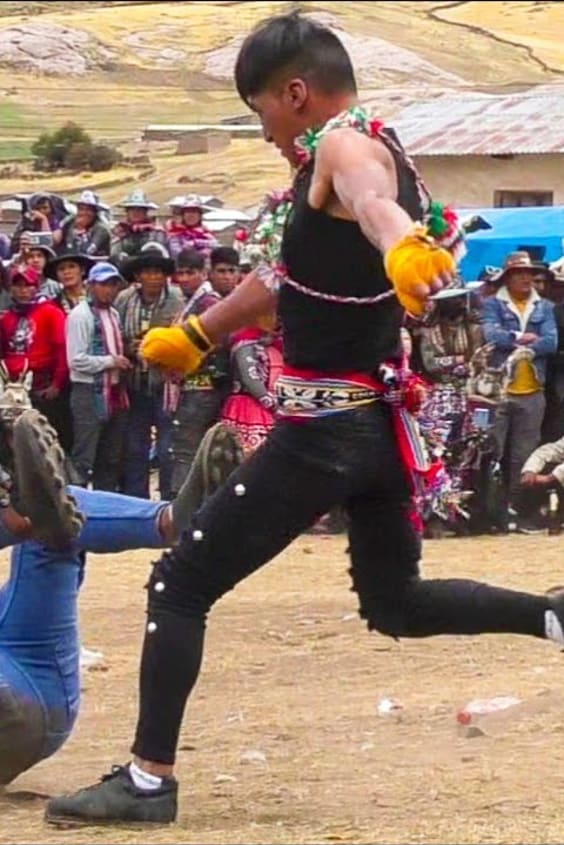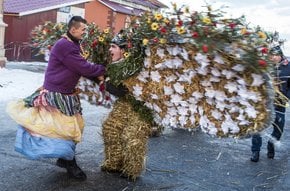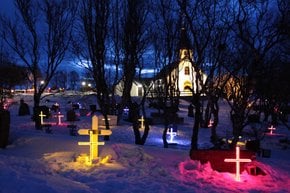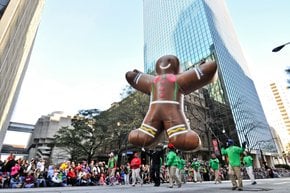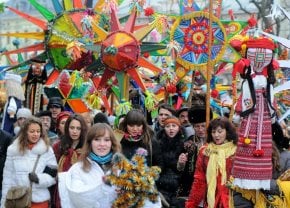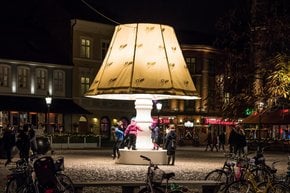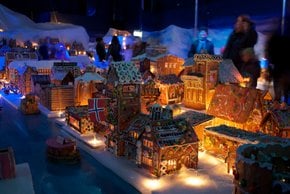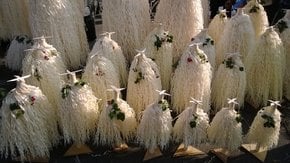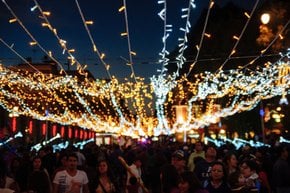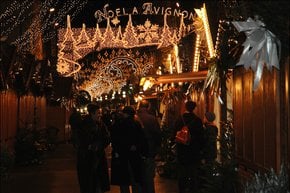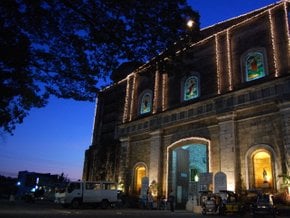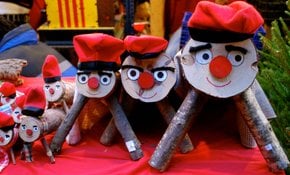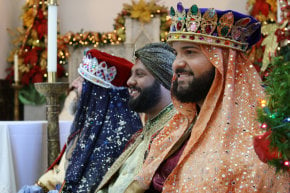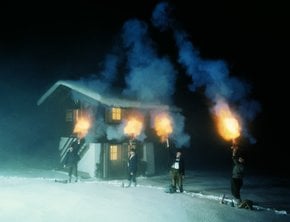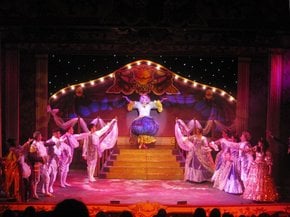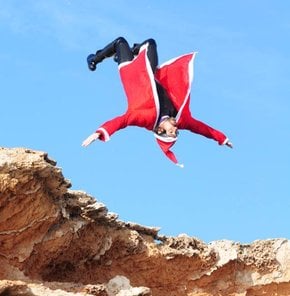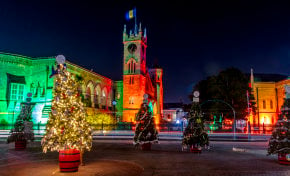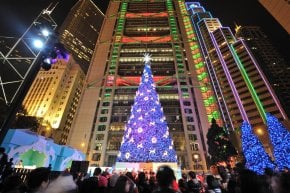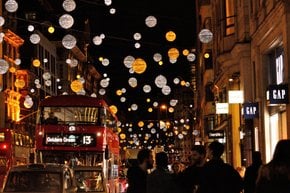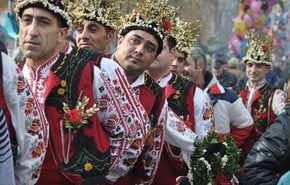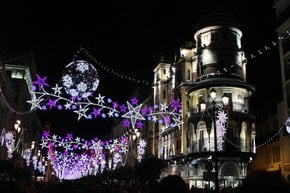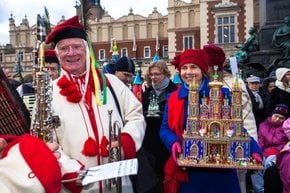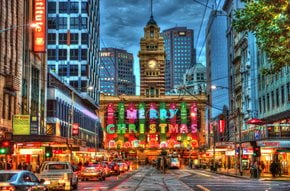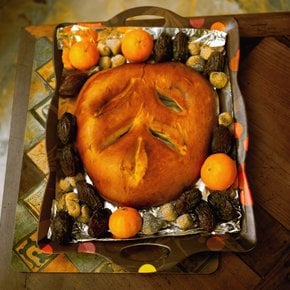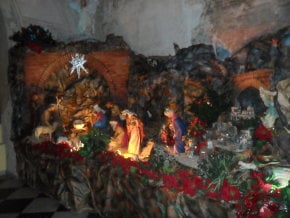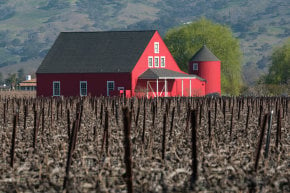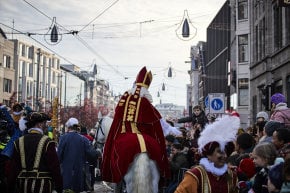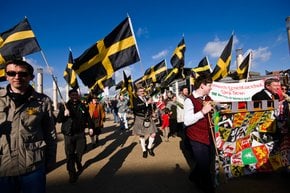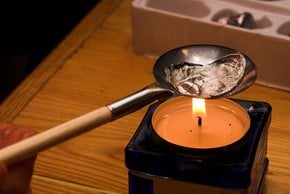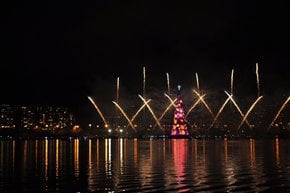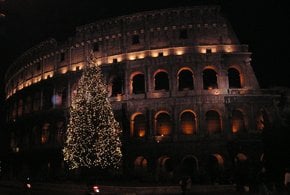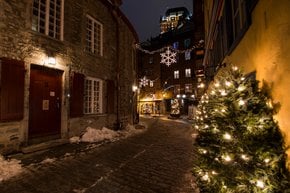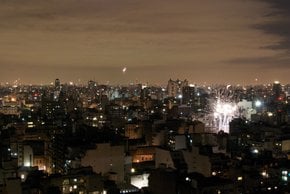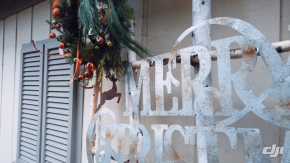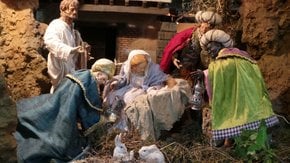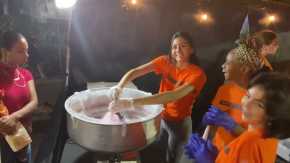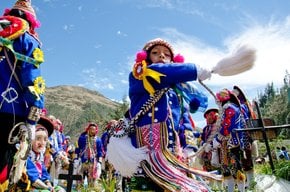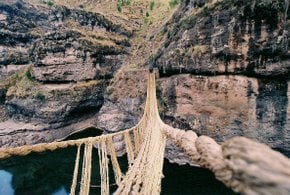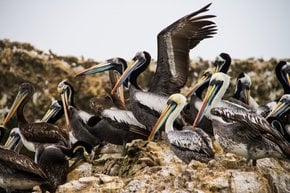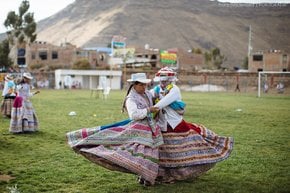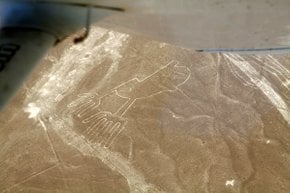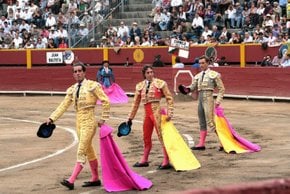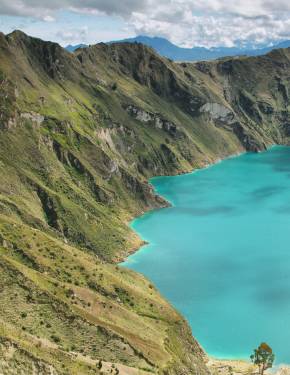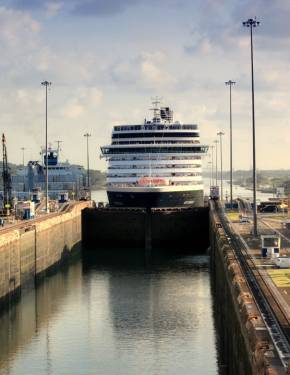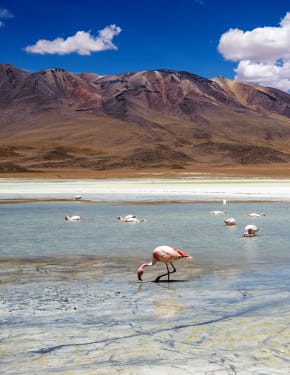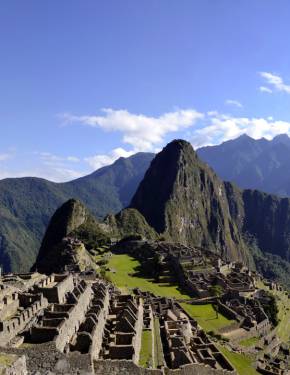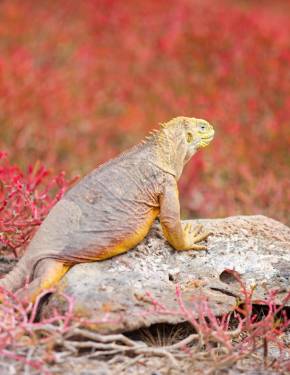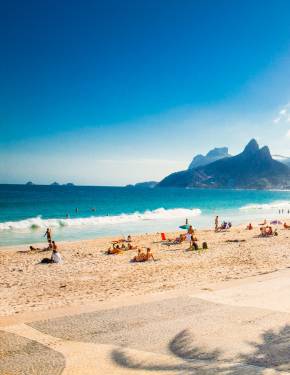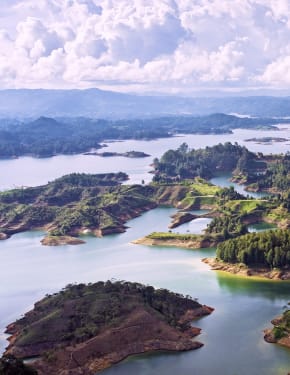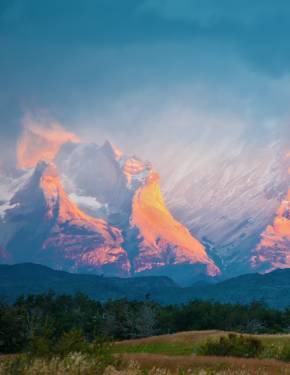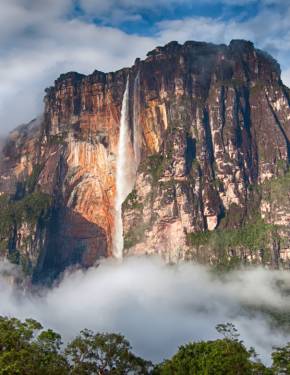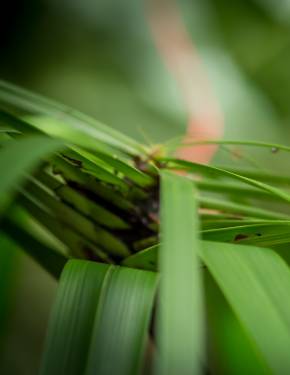Takanakuy—the Fighting Festival 2025 in Peru
Any plans for Christmas? What about taking part in a traditional fight in Peru?
Dates: December 25
The Takanakuy Festival in the remote Andes region of Peru offers a unique approach to conflict resolution and community bonding. Held each year on December 25 in the Chumbivilcas province near Cusco, this event allows participants to settle disputes through ritualized hand-to-hand combat. As the name "Takanakuy," meaning “to hit each other” in Quechua, suggests, locals use this event to clear grievances and begin the new year with a fresh slate.
What to Expect at Takanakuy
Takanakuy is both a spectacle of community justice and a colorful cultural event, combining ritual combat with traditional music and dance. Participants, dressed in vibrant costumes and masks, gather in the main square of Santo Tomás or nearby bullrings to engage in supervised fights, often before large, cheering crowds. In addition to fighting, the festival features Huaylia, a traditional form of Andean music characterized by its lively beats, which heightens the celebratory atmosphere.
Beyond the highland communities of Chumbivilcas in Peru, Takanakuy has also found expression in other parts of the country and even internationally, particularly among Andean communities in urban centers. Smaller celebrations occur in regions like Cusco, Apurímac, and Lima, where rural migrants have brought the custom into new settings, allowing city residents to connect with their heritage.
Schedule and Program
The festivities begin early on Christmas morning, typically around 10 am, with a communal parade where participants dance, chant, and display their traditional costumes. Fights commence in the afternoon and continue into the evening, each bout overseen by referees to ensure safety and fairness. Combatants enter the ring one pair at a time and adhere to specific rules that minimize serious injury, with each fight lasting only a few minutes. Following the fights, victors and defeated participants alike embrace, signifying that past grievances are left behind.
Location and Infrastructure
The festival takes place in Santo Tomás, the provincial capital of Chumbivilcas. Visitors should be prepared for the high-altitude setting of Chumbivilcas, where temperatures can be cool despite the festive energy. The nearest larger city, Cusco, is about 140 miles (225 km) away, making travel arrangements essential. Accommodation options are limited in Santo Tomás itself, so many visitors arrange to stay in nearby towns or even in Cusco, taking the journey by bus or private vehicle. Due to the remote location, it is advisable to plan for a rugged journey that takes several hours by road from Cusco. The town’s main square and other communal spaces, such as bullrings, serve as the primary venues for the festival.
History and Cultural Significance
Takanakuy’s origins are rooted in pre-Incan Andean traditions that emphasized community justice and spiritual purification. Historians suggest that the practice of ritual fighting may date back hundreds of years, serving as a method for communities to resolve disputes collectively. Following Spanish colonization, Takanakuy evolved, incorporating elements of Spanish culture and resisting imposed religious practices. Today, the event not only preserves this historical aspect but also fosters community bonds, ensuring that unresolved disputes do not carry over into the new year. In recent years, the festival’s popularity has grown, with some communities holding additional Takanakuy celebrations in July or during other local festivals.
Rules and Principles of Takanakuy Fights
Takanakuy fights are guided by specific rules that aim to ensure fairness and minimize the risk of serious injury. Participants are prohibited from using weapons, relying solely on hand and foot strikes during combat. To maintain balance and fairness, opponents are matched based on similar age, gender, and physical build. Once an opponent falls to the ground, striking is strictly forbidden, reflecting a code of honor within the fight. Referees closely supervise each bout, with the authority to stop it if necessary. While participants can freely issue challenges, accepting them remains optional. In cases where a challenge is declined, a friend or family member may step in to represent the original participant. At the conclusion of each fight, the defeated individual traditionally embraces the victor as a gesture of reconciliation, symbolizing the resolution of their dispute and reinforcing the festival’s spirit of community and conflict resolution.
Traditional Attire and Symbols
During the festival, fighters and spectators alike don traditional costumes and masks that represent various characters and natural forces. Common figures include “El Negro,” “La Doctora,” and “El Majeño,” each embodying unique aspects of Andean folklore. Many masks are adorned with animal motifs, representing a connection to nature and adding to the symbolic richness of the festival.

